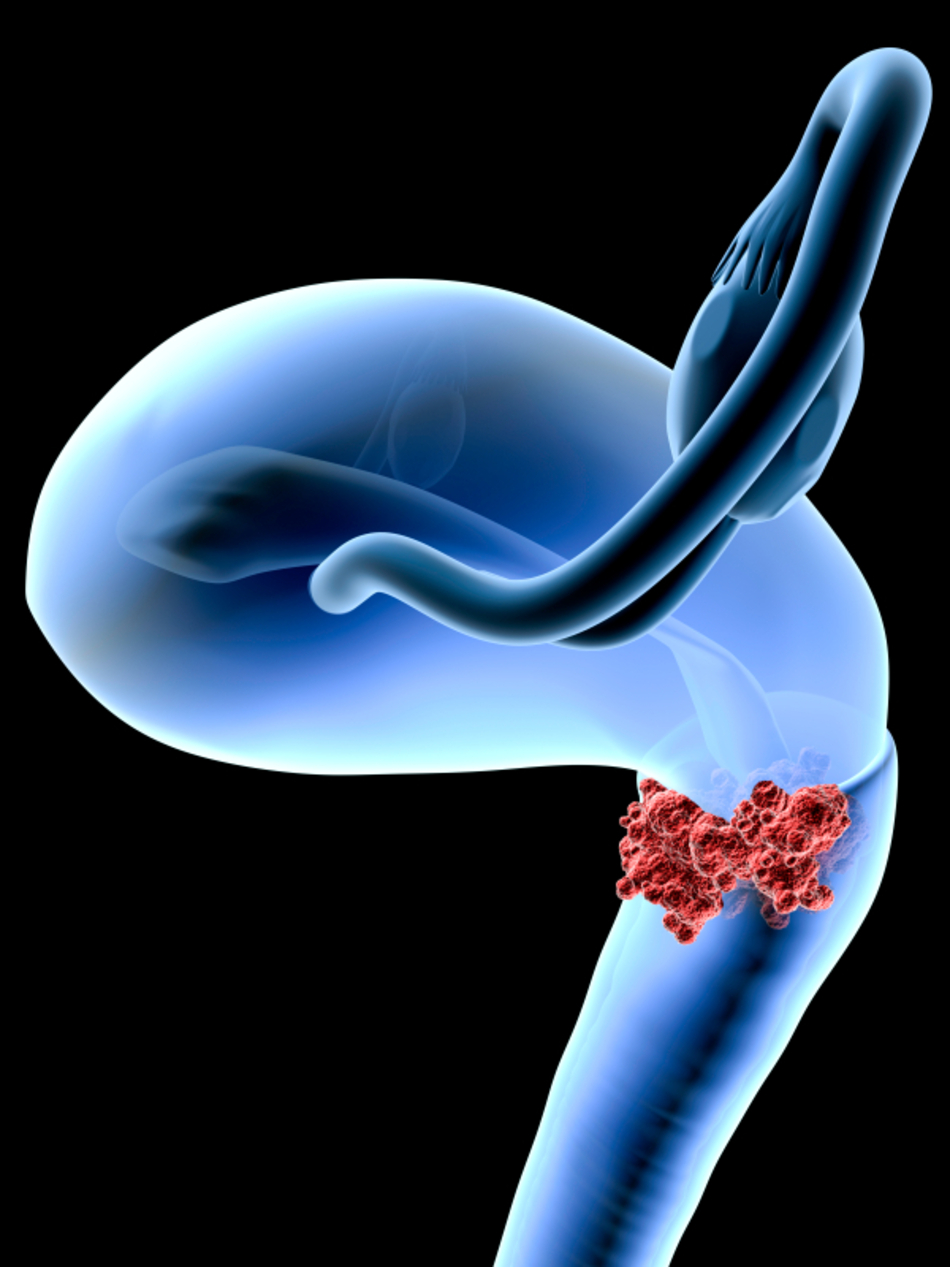Episode Transcript
Dr. Kirtly Parker Jones: So what is your cervix? What is it for? Why does cancer happen down there? And what can you do to prevent it? This is Your Cervix on The Scope.
Announcer: Medical news and research from University of Utah physicians and specialists you can use for a happier, healthier life. You're listening to The Scope.
Dr. Kirtly Parker Jones: Every woman just can't wait to get her pap smear, right? No, that's not right. So what is a pap smear for and what does your cervix do? What should you know to prevent cervical cancer? This is Dr. Kirtly Parker Jones from the Department of Obstetrics & Gynecology at University of Utah health care and today we are going to have a little reproductive biology session that might make it a little more reasonable to go ahead and get your pap smear. Cervical health today on The Scope.
A woman's cervix is attached to the uterus. The uterus is shaped like an old fashion, incandescent light bulb. We won't be seeing too many of those in the future, or sort of an upside-down pear shape. The cervix is the lower part, the part that attaches into the lamp in the light bulb, or the part with the stem of the pear. Its part of the uterus, not separate, and it's about the size of a really great big grape. It's a miraculous structure with several functions.
One, it functions to anchor the uterus and the pelvis by its firm attachments to the pelvis. Two, it keeps germs and sperms in the vagina from getting up into the uterus, except during the fertile period every month when the cervix's mucus changes during ovulation to serve as a safe pathway for sperm into the uterus and the fallopian tubes to find the egg. Three, it's very firm and tight in the non-pregnant woman and in early pregnancy, like a rock, and it's closed. But at the end of pregnancy and during labor, it gets very soft and opens up very big to let the baby out. And then in days to weeks it closes and gets really hard again. Magic, huh?
The outside of the cervix is covered with skin cells, like the vagina. And the inside of the cervix canal, that goes into the uterus is covered with mucus producing cells, that for several days a month, make the mucus safe haven for sperm. These mucus producing cells are very delicate and where they meet the vagina, they're exposed to bacteria, viruses, chemicals, sperms and other stuff that makes them change into skin cells as a protective mechanism. During this process, any chemicals or viruses that can badly affect DNA can make the change that can proceed to cancer. About 1 in 125 American women will get cervical cancer.
Now, smoking and a sexually transmitted virus, called the HPV virus, are the biggest risks for cervical cancer. Cervical cancer is preventable. Cervical cancer is detectable before it becomes cancer. That is what the pap smear is for. It's cheap and nobody ever died from a pap smear. Maybe you thought you would, but you wouldn't. If the pre-cancer stage is detected with the pap smear, it can be treated before its cancer and save your cervix and uterus. Cervical cancer, if it's detected in the early stages of cancer by a pap smear, can be treated and cured surgically.
Cervical cancer is one of those diseases that is differentially expressed among the poor, among immigrants, and among people who don't have access to health care. So if every woman were screened, as recommended, the chances of getting cervical cancer would go almost to zero.
So, the cervix is magical. Take care of it. Don't smoke. Use condoms if you have new partners. Use the HPV vaccine before you're sexually active. Get your daughters the vaccine, and get your pap smears. First pap at 21. After your first pap is normal, you can go every three years. Some women might want a pap and a test for the HPV virus when they are over 30. Both of these together, if they are negative, you can go to every five years before you're tested again. That's the good news. Not a pap smear every year, every three years, or if you co-test, every five years if you're negative. If you've never had an abnormal pap smear, you can stop getting them at 65. If you don't have a cervix anymore, if you had a hysterectomy that wasn't for cervical cancer, you don't need a pap anymore.
So, your cervix is amazing, it keeps sperms out until you need them in. It keeps babies in until you need them out. Take care of it. And thanks for joining us on The Scope.
Announcer: We're your daily dose of science, conversation, medicine. This is The Scope, University of Utah Health Sciences Radio.
